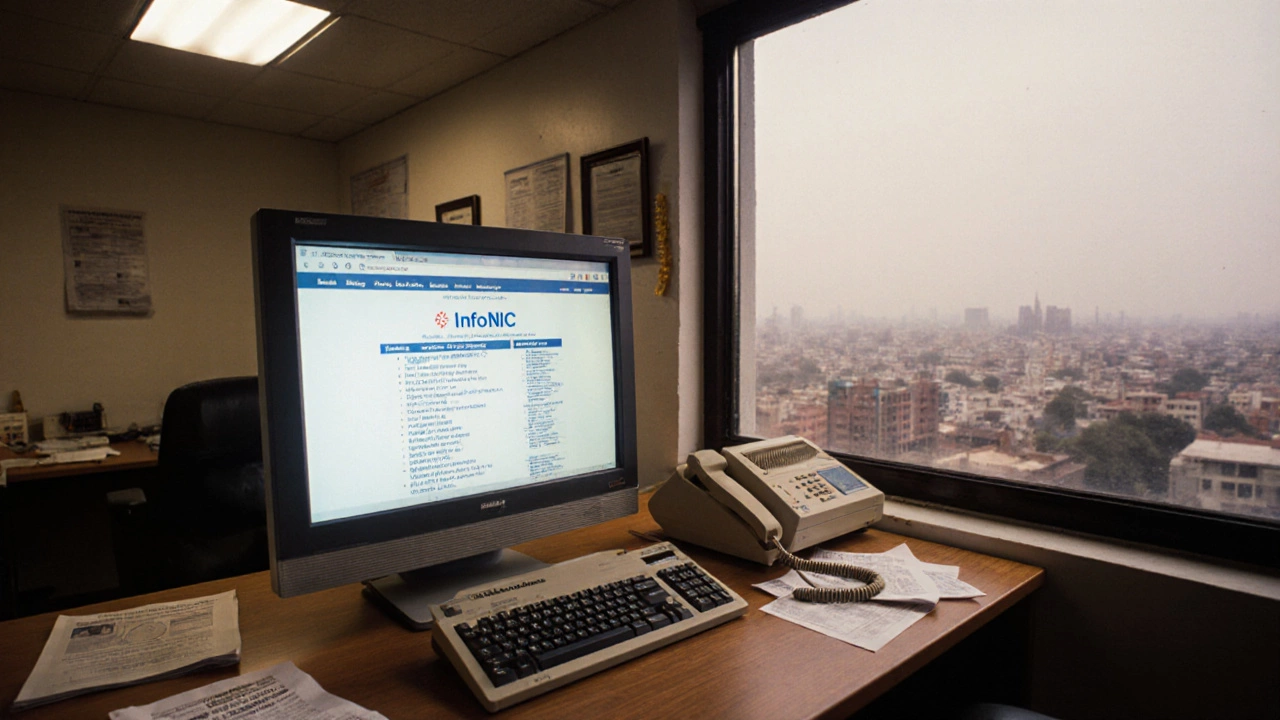First Indian Website: History and Legacy
When you hear about the first Indian website, you’re actually touching a milestone that sparked India’s whole internet era. First Indian website is the inaugural web presence created for an Indian audience, launched in the mid‑1990s to showcase local content and services. Also known as India’s inaugural web page, it served as a proof‑of‑concept that the World Wide Web could work in India. This breakthrough opened doors for Indian web pioneersearly developers and entrepreneurs who built the first digital platforms in the country and set the stage for the .in domainIndia’s country‑code top‑level domain, managed by NIXI, that gives Indian sites a unique identity to thrive.
The launch of that first site wasn’t just a tech stunt; it required a deep understanding of the India internet launchthe period in the mid‑1990s when ISPs, telecoms, and government bodies began offering public internet access across the subcontinent. At that time, bandwidth was scarce, browsers were rudimentary, and most Indians were still getting their first dial‑up connections. Yet the site proved that a locally relevant online presence could attract users, educators, and businesses. In short, the first Indian website encompasses early Indian web pioneers and requires knowledge of the India internet launch.
Why the First Indian Website Matters Today
Fast‑forward to 2025, and the ripple effects are everywhere. Modern Indian startups, freelance developers, and even students using free website builders trace their confidence back to that early experiment. When you read about creating a site on platforms like Google Sites or Wix, you’re building on a foundation laid by that inaugural page. The same curiosity that drove the first Indian website now fuels the demand for zero‑cost hosting, cheap domain options, and step‑by‑step guides on how to clone or launch a site without a big budget. The connection is clear: early Indian web pioneers influence today’s website creation India scene, shaping both pricing trends and user expectations.
That historical thread also explains why many of our articles focus on practical tools and cost breakdowns. Whether you’re curious about the 5‑page website cost in India for 2025, or you want to know if Google Sites truly offers a free domain, the answers tie back to the original goal of making the web accessible to Indian users. The first Indian website set a precedent: the web should be open, affordable, and localized. Our collection below reflects that ethos, covering everything from free website builders to pricing models for small businesses.
Understanding the past also helps you avoid common pitfalls. The early days taught us that a solid domain name, clear navigation, and fast loading times are non‑negotiable—principles that still apply when you use a free sub‑domain or a premium .in address. By learning how the first Indian website tackled these challenges, you can make smarter choices about hosting, design, and SEO right from the start.
What you’ll find next is a curated set of guides that speak directly to the legacy of that first page. Topics range from “Are Google Sites Free?” and “How to Clone a Website Using Free Builders” to detailed cost analyses of multi‑page sites in India. Each article builds on the idea that the web is for everyone, echoing the spirit of the first Indian website.
So, dive into the list below and discover practical insights that bridge that historic launch with today’s fast‑moving digital landscape. Whether you’re a beginner looking for a free host or a seasoned developer chasing the highest paid WordPress gigs, the resources here will help you move forward, rooted in the story of India’s first web breakthrough.
About
Web Hosting
